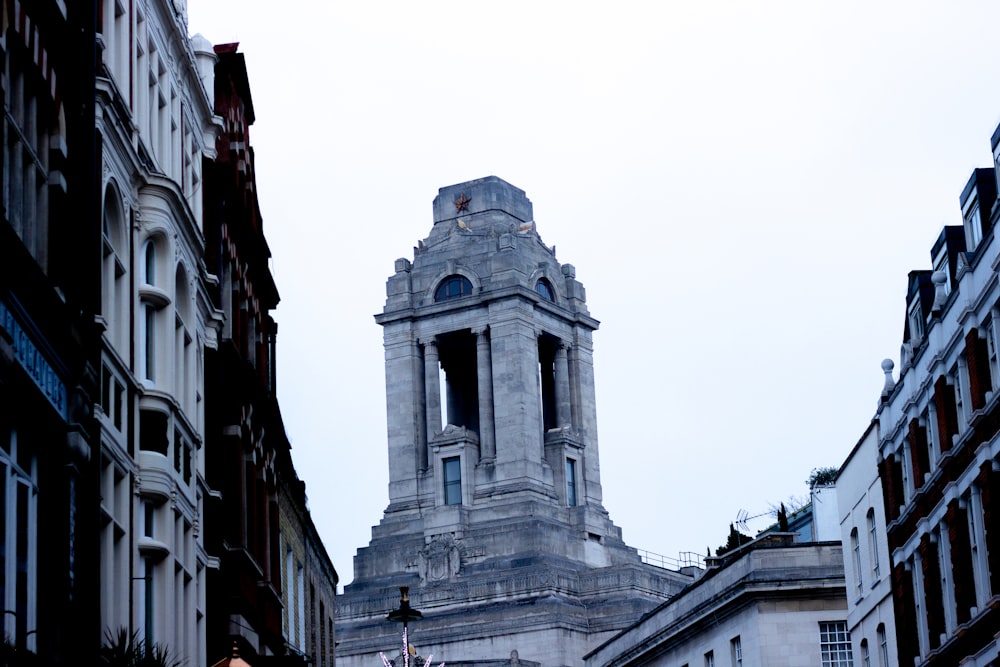Unveiling the Mysteries of the Freemasons: A Detailed Exploration

I. Introduction
A. The Enigmatic World of the Freemasons
The Freemasons, a secret society cloaked in mystery, have captured the imagination for centuries. From clandestine meetings in dimly lit lodges to symbols laden with esoteric meaning, their world beckons curious minds. The initiation rituals, often conducted in secret, are designed to impart moral and ethical lessons, establishing the foundation for the journey into the heart of Freemasonry.
II. Historical Origins
A. Ancient Roots
The roots of Freemasonry reach deep into antiquity, drawing inspiration from the practices of ancient stonemason guilds. The famous medieval cathedral builders, known for their craftsmanship, laid the groundwork for the philosophical and moral teachings embedded in Freemasonry. The symbolism of tools like the square and compass finds its origin in the practical tools of these builders.
B. Emergence in the 17th Century
The 17th century saw the formal establishment of the Grand Lodge of England in 1717. Freemasonry transitioned from an operative craft to a speculative system, emphasizing moral and philosophical teachings over the practical skills of stonemasonry. This shift facilitated its expansion across Europe and later to the New World, shaping its global influence.
III. Core Principles
A. Brotherhood and Fellowship
At the heart of Freemasonry is the concept of brotherhood, a bond that transcends societal divisions. Through shared rituals and principles, Freemasons aim to create a community where mutual support and fellowship thrive. The idea of a universal brotherhood promotes tolerance and understanding.
B. Moral and Ethical Foundations
Freemasonry is not merely a set of rituals but a moral framework. The allegorical teachings embedded in Masonic degrees guide members toward virtue, emphasizing principles such as charity, truth, and integrity. The moral lessons, often conveyed through symbolic allegories, are designed to cultivate ethical behavior.
IV. Symbolism and Rituals
A. Masonic Symbols
Symbols like the square and compass, the all-seeing eye, and the apron are central to Masonic symbolism. Each symbol carries layers of meaning, reflecting moral and philosophical principles. For instance, the square represents morality, the compass signifies limits, and the all-seeing eye embodies divine watchfulness.
B. Rituals and Degrees
The initiation rituals and Masonic degrees provide a structured path for a Mason's journey. The rituals, rooted in tradition, incorporate symbolic actions that convey moral and philosophical teachings. The progression through degrees signifies the member's intellectual and spiritual growth within the Masonic framework.
V. Freemasonry and Society
A. Freemasonry and Enlightenment
During the Age of Enlightenment, Freemasonry played a pivotal role in fostering intellectual and philosophical discussions. Lodges became intellectual hubs where ideas were exchanged freely, contributing to the spirit of the Enlightenment. Freemasonry's emphasis on reason, education, and equality aligned with the ideals of this transformative era.
B. Freemasonry in the Modern Era
While the influence of secret societies waned, Freemasonry adapted. Lodges increasingly engaged in charitable activities and community service. The modern Freemason often participates in philanthropy, extending the historical commitment to moral and social betterment into contemporary society.
VI. Famous Freemasons
A. Historical Figures
The list of notable Freemasons includes influential historical figures. George Washington, a Freemason, became the first President of the United States. Benjamin Franklin's contributions to science and diplomacy are entwined with his Masonic affiliations. Mozart, a prolific composer, was also a Freemason whose music echoed Masonic themes.
B. Modern Freemasons
Contemporary Freemasons continue the legacy of their predecessors. From political figures to business leaders, the influence of Freemasonry spans diverse fields. Prominent Freemasons today often emphasize the fraternity's role in personal development and community service.
VII. Criticisms and Misconceptions
A. Conspiracy Theories
Freemasonry has been a subject of numerous conspiracy theories, attributing undue influence to the organization. One such theory suggests that Freemasons control global affairs. Delving into the historical context and debunking these theories reveals the speculative nature surrounding Freemasonry.
VIII. Freemasonry Today
A. Global Presence
Freemasonry, once a European phenomenon, has expanded globally. Different Masonic traditions coexist, reflecting the diversity of cultural influences. The globalization of Freemasonry has led to a variety of practices, each shaped by its cultural context.
B. Membership and Recruitment
Initiation into Freemasonry involves a structured process, often requiring a prospective member to express a personal interest. The membership criteria ensure that individuals who join align with the fraternity's principles. Masonic lodges today actively engage in community outreach and charity work.
IX. Personal Stories
A. Testimonials
Personal narratives from Freemasons offer insights into the transformative impact of the fraternity. Stories of how Masonic teachings influenced individual lives, providing moral guidance and a sense of purpose, add a human dimension to the broader historical narrative.
X. Conclusion
A. The Enduring Legacy of Freemasonry
In conclusion, the enduring legacy of Freemasonry lies not just in its secretive rituals and symbols but in its capacity to inspire moral and intellectual growth. From its ancient roots to its modern iterations, Freemasonry continues to shape individuals and societies. Its legacy is a testament to the enduring appeal of brotherhood, moral teachings, and the pursuit of knowledge in the human experience.



































